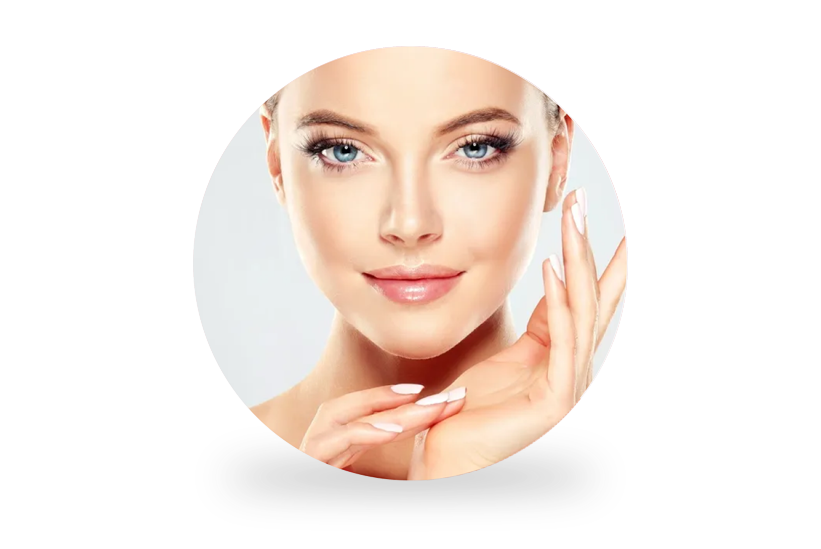Graži šypsena – tai įkvėpimas ir beribė laisvė išreikšti save. Tai sveikata, grožis, tikrumas ir pasitikėjimas. Tai naujo gyvenimo posūkio pradžia.
Paslaugos
Estetinis plombavimas
Estetinis ir funkcinis dantų plombavimas, nuo bazinės iki aukščiausios kvalifikacijos. Pasaulyje pripažinti specialistai.
Dantų protezavimas ir
keramikos laminatės
Estetinis-funkcinis dantų protezavimas su skaitmeninėmis technologijomis CEREC, 3Shape, su Lietuvos ir užsienio laboratorijomis.
Dantų implantacija
Pavienių dantų ir bedančių žandikaulių implantacija ir protezavimas. Implantų skaitmeninis planavimas ir gidai.
Greitoji estetinė suaugusiųjų ortodontija/klasikinė ortodontija
Dantų tiesinimas breketais ir skaidriais elaineriais Invisalign, Ordoline.
Endodontija - dantų šaknų kanalų gydymas
Dantų šaknų kanalų gydymas su mikroskopu. Sudėtingų kanalų gydymas ir pergydymas.
Chirurgija, periodontologinės operacijos
Dantų šalinimas, dantenų operacijos, kaulo priauginimas. „Dantenuotos šypsenos“ sumažinimas, lopo operacijos, dantenų atsitraukimo-recesijų gydymas, procedūros lazeriu.
Konsultacijos ir tyrimai
Visi specialistai vienoje klinikoje, 3D ir panoraminės rentgeno nuotraukos, skaitmeninis šypsenos dizainas, skaitmeninis sąkandžio tyrimas T-Scan, Occlusense.
Informacija ruošiama
Burnos higiena ir
Dantų balinimas
Profesionali burnos higiena. Karieso prevencijos programos. Estetinių plombų poliravimas. Profilaktinė apžiūra. Dantų balinimas lazeriu klinikoje ir kapomis namuose.
Knarkimo gydymas lazeriu
FOTONA NightLase® terapija nuo knarkimo ir apnėjos – pažangus, nechirurginis ir efektyvus gydymas lazeriu, skirtas pagerinti asmens miego, sveikatos ir gyvenimo kokybę.
Estetinės ir atjauninimo paslaugos
Veidui, plaukams, odai – su Bio-PRF ir Fotona lazeriu. BIO-PRF mikroadatinė terapija, 100% natūralūs bio-užpildai, bio-liftingas, plaukų atauginimas. Lazerinis pylingas, lūpų putlinimas.
Oficialus CARE ESTHETICS paslaugų teikėjas
Kodėl rinktis VivaDens?
VivaDens video prisistatymas - įkvepiančios šypsenos visam gyvenimui
Mūsų klientų atsiliepimai
Šypsenų galerija
Klientų dantų, veido ir šypsenos nuotraukos geriausiai atspindi odontologo galimybes ir darbą. Jos labai palengvina komunikaciją tarp kliento ir gydytojo, kaip ir tarp specialistų tarpusavyje. Lengviausiai pamatyti darbo rezultatą iš fotografijų iki ir po darbo. Gyd.I.Ivancė pirmoji Lietuvoje pradėjo taikyti odontologinę fotografiją kartu su estetiniu plombavimu nuo 2000 m., vėliau suderino fotografavimą su AACD protokolais, o dabar tai jau tampa estetinės odontologijos standartu. Pasigrožėkite estetinėmis odontologijos galimybėmis ir fotografijomis VivaDens.

Estetinis plombavimas

Greitas dantų tiesinimas

Dantų protezavimas ir keramikos laminatės





















